DRA Afghan Air Force and Air Defense in the late seventies
before the Soviet invasion
The DRA Afghan Air Force and Air Defense consisted of four forces. The air force; antiaircraft-artillery, antiaircraft-missile troops, and the radio-technical troops. In Bagram worked the aircraft repair plant, which was being specialized in MiG-17 ‘Fresco’ model.
By the end of the seventies, the Afghan Air Defense consisted of four anti-aircraft missile battalions of SA-75MK Dvina (SA-2 Guideline), three battalions of S-125M Neva (SA-3 Goa).
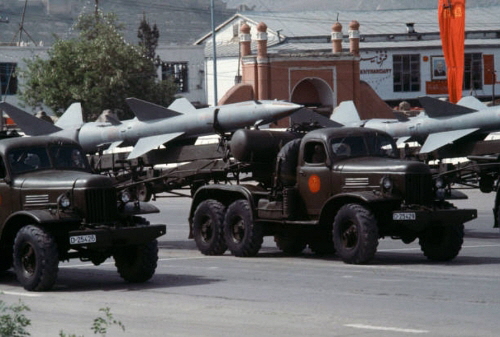
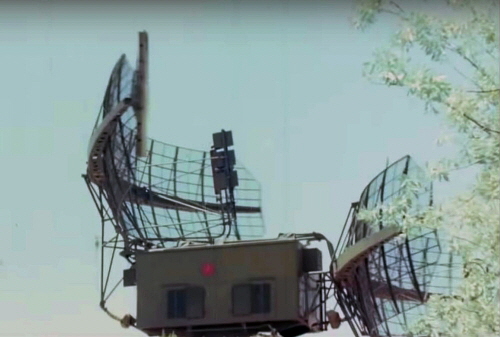
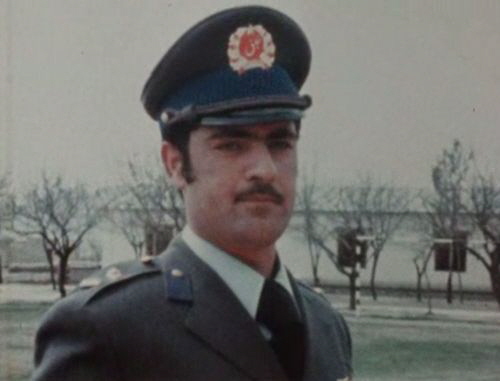
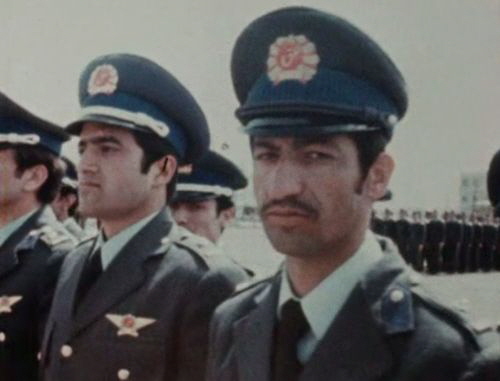
Member of the Afghan Air Force were usually low-educated and unmotivated. The rank of soldiers depended on the social rank of their family and not their talents.
In 1979, the Afghan Air Force consisted of approximately 200 combat aircraft including Su-7BMK ‘Fitter-A’, two air squadrons with MiG-21FL ‘Fishbed-D’ and MiG-21PFM ‘Fishbed-F’ fighters, MiG-17 ‘Fresco’ fighters, IL-28 ‘Beagle’ light bombers, and some Mi-4 ‘Hound’ and Mi-8 ‘Hip-C’ helicopters.
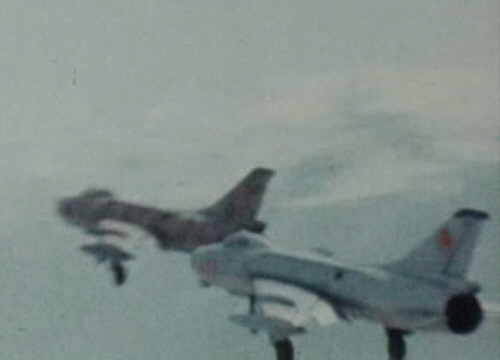
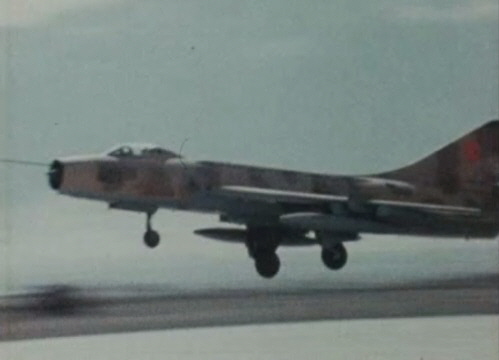
355th Fighter Bomber Air Regiment a pair of Su-7BMK ‘Fitter-A’ take off from Bagram airport. Photo: Associated Press
Afghan Air Forces’s camouflage coloured Su-7BMK ‘Fitter-A’ fighter-bomber in the late seventies. Photo: Associated Press
The most modern type of Afghan Air Force was the Su-7BMK ‘Fitter-A’ fighter-bomber. The new type served to intimidate Iran and Pakistan from the late sixties. Two squadrons were used by the 355th Fighter Bomber Regiment in Bagram Airport.
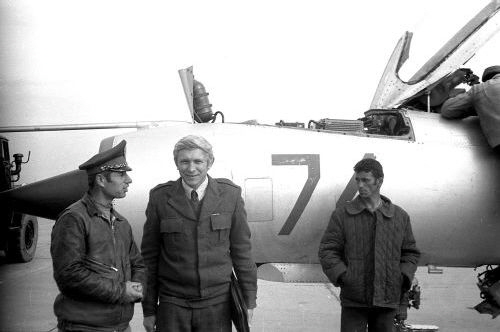
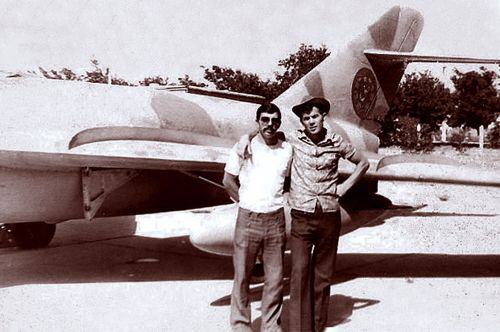
Afghan soldiers with soviet military advisor in front of afghan MiG-21FL ‘Fishbed-D’ interceptor at the Bagram in the seventies
Two soviet advisers in front of afghan MiG-17 ‘Fresco-A’ with two color camouflage at Dehdadi airfield in 1979
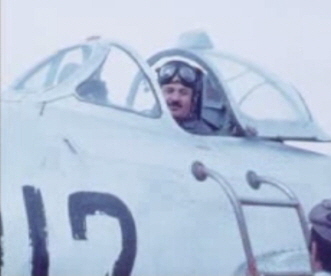
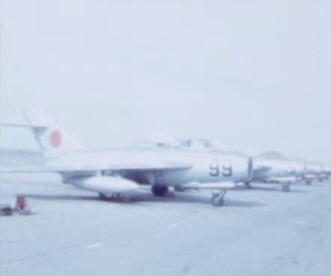
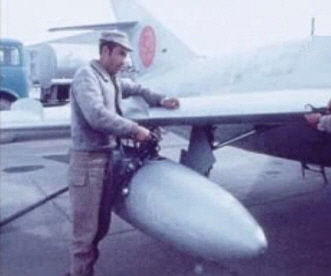
366th Fighter Air Regiment’s crew and their MiG-17F ‘Fresco-C’ jet aircrafts at Kandahar airport in 1979

Afghan MiG-17PF ‘Fresco-D’ interceptors with Izumrud RP-2 radar at Kandahar airport in 1980. Photo TASS GettyImages
In addition to Afghanistan's existing MiG-17F ‘Fresco-C’ and MiG-17PF ‘Fresco-D’ fighters, received a large number of former Soviet MiG-17s ‘Fresco-A’ from the Soviet Union in the early seventies. These were used as fighter-bombers and advanced training aircraft in the seventies at the 335th and 393rd regiments.
DRA Afghan Air Force and Air Defens’s order of battle in 1979:
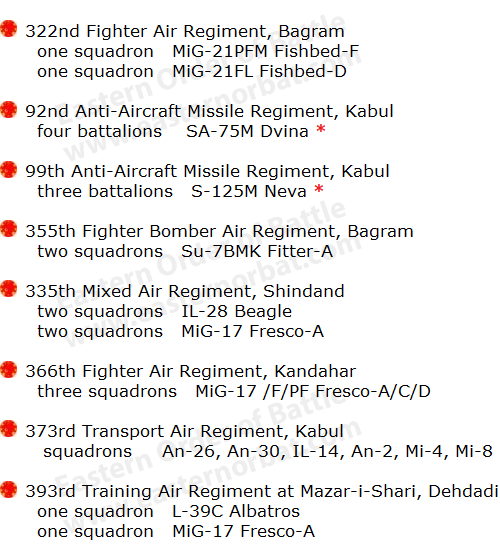
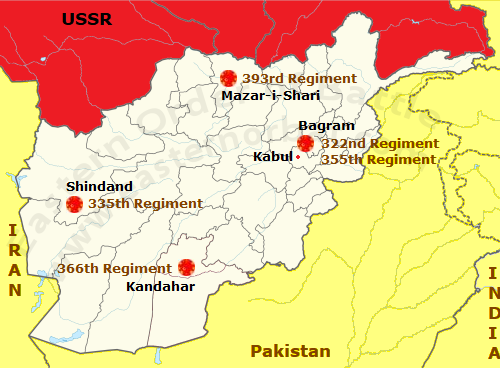
* Clarification is needed.
The new Afghan L-39C Albatros in 1977
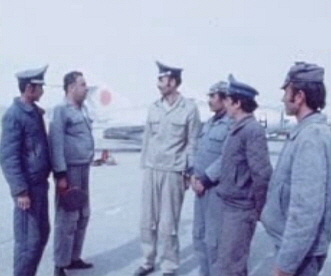
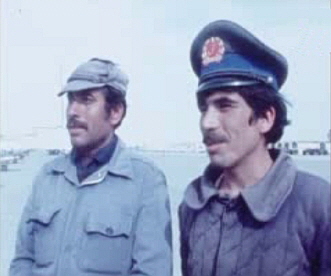
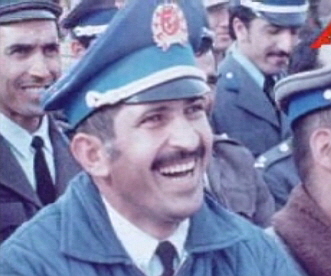
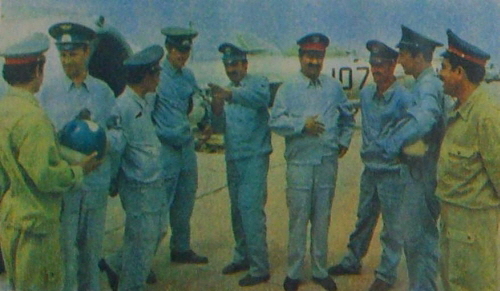
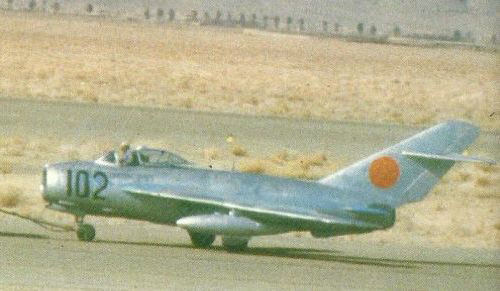
Soviet and afghan pilots in front of Afghan Air Force’s silver coloured MiG-17 Fresco fighter-bombers.
The veteran of the Afghan Air Force is the tough MiG-17F Fresco-C. Despite it’s age and lack of avionics, the MiG-17 Fresco model is still recognised for it's day, low level ground attack capability in the seventies. Photo: Air International
The transport types of the Afghan Air Force were modernized in the second half of the seventies. Beside existing IL-14 Create and Mi-4 Hound piston engines, they received modern An-26 Curl transport aircraft and Mi-8T Hip-C medium cargo helicopters. In addition, an An-30 reconnaissance aircraft was also taken over.
Transport planes and helicopters were important because on the territory of Afghanistan traffic network was weak. There was no railway and not all provincial capitals had an airport to ensure the reception of transport aircraft. There were only 7 airfields with runway over 1800 m.
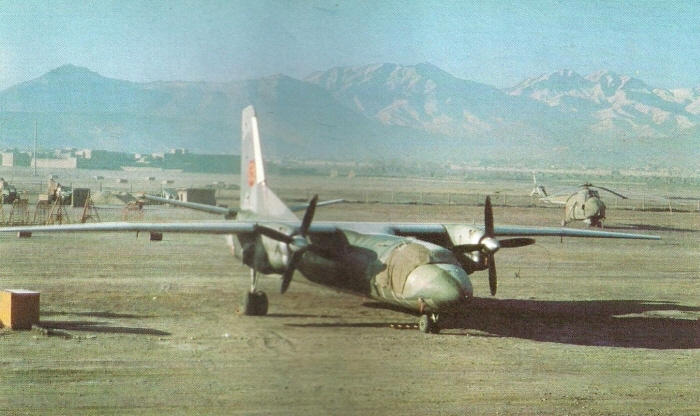
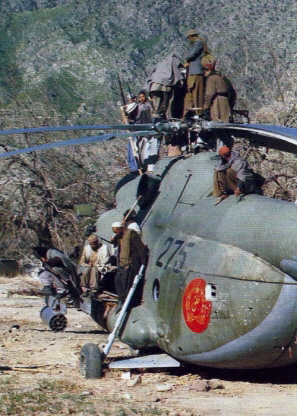
The Afghan Air Force relies totally on Soviet-supplied equipment. Antonov An-26 Curl are used for tactical transport tasks, including some para-dropping mission. Behind the 373th Mixed Air Regiment’s Mi-4 Hound transport helicopter at Kabul. Photo: Air International
Afghan guerrillas atop a downed Afghan Mi-8T Hip-C transport helicopter. It was lost in 18.07.1979. Photo: Air International
In April 1978, the communist People's Democratic Party of Afghanistan (PDPA) seized power in Afghanistan in the Saur Revolution. The coup was strategically planned to begin Thursday 27 April, because it was the day before Friday, the Muslim day of worship, and most military commanders and government workers were off duty. With the help of a few airplanes of Afghanistan's military air force, which were mainly Soviet made MiG-21 Fishbed and Su-7BMK Fitter-As. The aerial attacks on the palace intensified about midnight as six Su-7BMK Fitter-As made repeated rocket attacks, lighting up the city.
Under the coup, two aircraft were lost: MiG-21UM Mongol-B was damaged by the antiaircraft fire, after which pilot ejected; Su-7BMK Fitter-A's pilot of which on the takeoff felt bad and ejected. In addition, three MiG-21 Fishbed, four Su-7 Fitter, a Mi-8 Hip, an Il-14 Create, and an An-26 Curl, have been damaged.
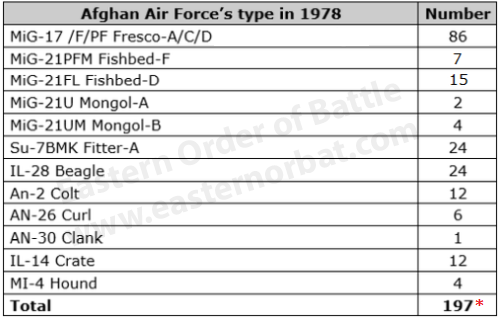
* Afghan AF used L-39C Albatros and MiG-15UTI Midget trainer aircrafts and Mi-8T/P helicopters too.
Crashed Afghan Mi-4 Hound helicopter->
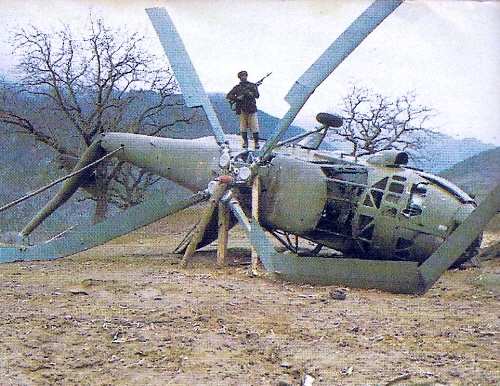
Within months, opponents of the communist government launched an uprising in eastern Afghanistan that quickly expanded into a civil war waged by guerrilla mujahideen against government forces countrywide. The Afghan Air Force were actively used in the civil war between 1978 and 1979.
Afghan Air Fores’s Roundels:
1967 - 1978
1978 - 1980
1980 - 1992

Photos: Air International, Associated Press, TASS GettyImages